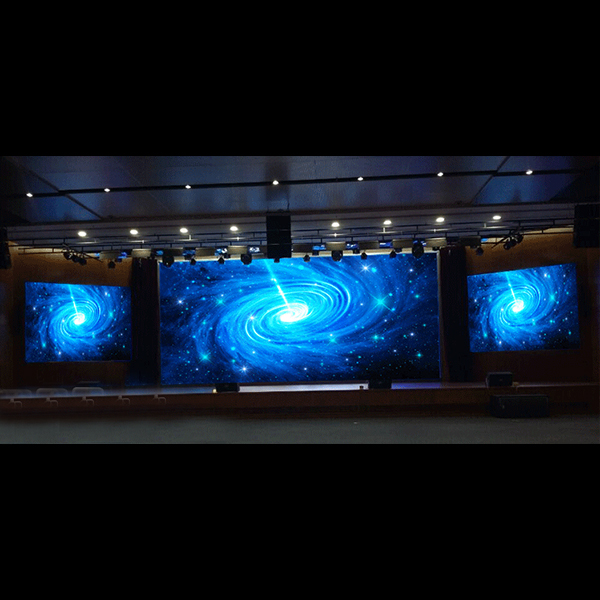Light Emitting Diodes or typically known as LEDs, dominate every aspect of our lives today. We have a myriad of electronic components around us, such as smartphones, digital clocks, traffic lights, laptops, and large advertisement screens; all of these have LED displays. LEDs have high energy efficiency and consume less energy, making them the most popularly used commercial screen.
LED displays are available in several shapes and sizes, but they all work on the same basic principle. These have a specialized diode that is electrically similar to the PN junction. This allows an LED display to pass the current in the forward direction but blocks current flow in the backward direction.
Working Principle of LED Display
LEDs are semiconductor instruments that transfer electrical energy into light energy by employing the principles of quantum theory. Based on this theory, when electrons move from a higher to a lower level, they emit energy in the form of photons. This energy of the photons is equivalent to the gap between the lower and higher level. This phenomenon is commonly known as electroluminescence.
LEDs are made of a thin layer of heavily doped semiconductor material. The forward biased LED produces light depending on the elements used as the semiconductor. Diodes are forward-biased in an LED. This allows the electrons from the semiconductor conduction band to recombine with the hole from the valence band. The energy level of the holes is lesser compared to the energy level of electrons.
So, when the recombination of electrons and holes releases an ample amount of energy in the state of light and heat, this energy is sufficiently used to produce photons. The photons then emit a single color or monochromatic light. Since the LED has a thin layer, the photons can easily leave the junction and radiate away to produce a bright, colorful display.
How Does A Light Emitting Diode Produce Color?
The color of the LED is distinguished by the materials used in the semiconducting element. The light-emitting diodes are made of different semiconductor compounds, including Gallium Arsenide (GaAs), Gallium Phosphide (GaP), Gallium Arsenide Phosphide (GaAsP), and Gallium Indium Nitride (GaInN). All these elements and their alloys are mixed in different ratios to produce unique color combinations of varying wavelengths.

Different semiconductor compounds are responsible for emitting light within a specific region of the visible light spectrum. The intensity of the light also differs depending on the compound. So, the choice of semiconductor material determines the wavelength of the photon, and this, in turn, will distinguish the color of the light emitted as the outcome.
LEDs are a next-generation technology and, so they can be developed in different shapes, sizes and can be given different features based on the demand.
Here we will be quickly discussing some famous LED screen types:
§ Standard LED Display
Standard or flat-shaped LED displays are the most widely used screens. They feature a flat thin surface and consist of an array of light-emitting diodes to create high-resolution displays. A standard led display is fit for indoor and outdoor use as it can produce a bright glossy image which is why it’s famously termed outdoor LED screen.
§ Curved LED Display
Curved LED displays have a concave viewing surface. The flat LED screens are bent around the corners to create an attractive display giving viewers a better and wider viewing angle. Curved LEDs are a major attraction because they have better depth and can adjust according to the audience's peripheral vision. Inner curved LEDs are particularly famous for indoor use, whereas outer curved LEDs are used for placing advertisements.
§ Flexible LED Screen
Flexible LED displays are made of LED pixels attached to a pliable material such as rubber or PCB. To protect the circuit of the display, they contain an insulating material on both sides. The flexible LED panels are joined using magnets to create a seamless video display with a crisp, clear image. These types of LED displays are highly customizable, allowing an LED displays manufacturer to create diverse shapes. They are easy to use and maintain as well.